The ALICE collaboration has presented new results on the production rates of antideuterons based on data collected at the highest collision energy delivered so far at the Large Hadron Collider. The antideuteron is composed of an antiproton and an antineutron. The new measurements are important because the presence of antideuterons in space is a promising indirect signature of dark matter candidates. The results mark a step forward in the search for dark matter.
Recent astrophysical and cosmological results point towards dark matter being the dominant form of matter in the universe, accounting for approximately 85% of all matter. The nature of dark matter remains a great mystery, and cracking its secrets would open a new door for physics.
Detecting antideuterons in space could be an indirect signature of dark matter, since they could be produced during the annihilation or decay of neutralinos or sneutrinos, which are hypothetical dark matter particles.
Various experiments are on the hunt for antideuterons in the Universe, including the AMS detector on the International Space Station. However, before inferring the existence of dark matter from the detection of these nuclei, scientists must account for both their rates of production by other sources (namely, collisions between cosmic rays and nuclei in the interstellar medium) and the rates of their annihilation caused by encountering matter on their journey. In order to assert that the detected antideuteron is related to the presence of dark matter, the production and annihilation rates must be well understood.
By colliding protons in the LHC, ALICE scientists mimicked antideuteron production through cosmic ray collisions, and could thus measure the production rate associated with this phenomenon. These measurements provide a fundamental basis for modeling antideuteron production processes in space. By comparing the amount of antideuterons detected with that of their matter counterparts (deuterons, which do not annihilate in the detector), they were able to determine, for the first time, the annihilation probability of low-energy antideuterons.
These measurements will contribute to future antideuteron studies in the Earth’s vicinity, and help physicists determine whether they are signatures of the presence of dark matter particles, or if on the contrary, they are manifestations of known phenomena.
In the future, these types of studies at ALICE could be extended to heavier antinuclei. “The LHC and the ALICE experiment represent a unique facility to study antimatter nuclei,” says ALICE Spokesperson Luciano Musa. “This research will continue to provide a crucial reference for the interpretation of future astrophysical dark matter searches.”
References:
“Measurement of the low-energy antideuteron inelastic cross section” by ALICE Collaboration, 22 May 2020, Nuclear Experiment.
DOI: 10.1103/PhysRevLett.125.162001
arXiv.org: 2005.11122
“(Anti-)Deuteron production in pp collisions at √s=13 TeV” by ALICE Collaboration, 6 March 2020, Nuclear Experiment.
DOI: 10.1140/epjc/s10052-020-8256-4
arXiv.org: 2003.03184

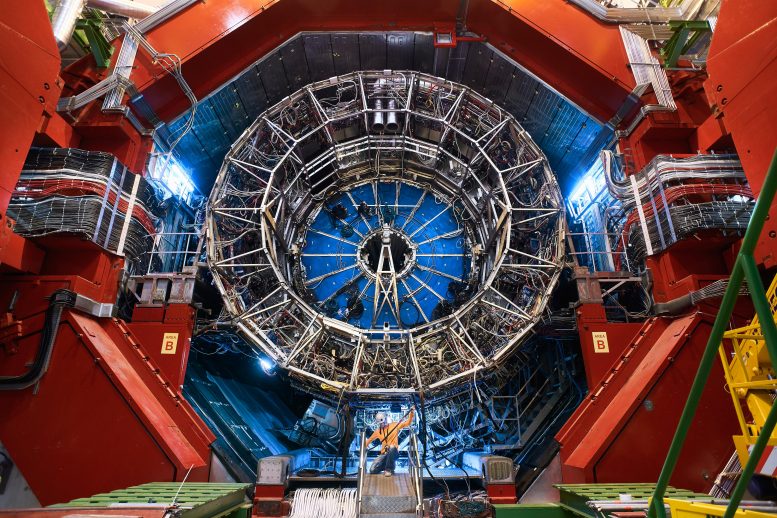
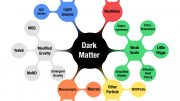
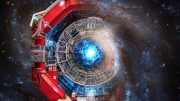
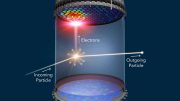
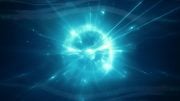
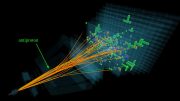
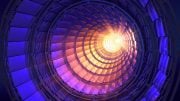
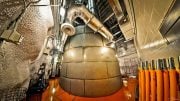
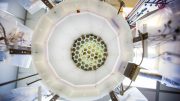
We imagine that discovering the strong spectrum of energy violating CP the strong asymmetry of particles and antiparticles show that exist low matter in the universe and lowezt antimatter then the extra force would bê the dark matter a gravity is discrete near the strongest gravitstionalbgiekds that are the gravitons and gravitons